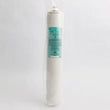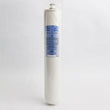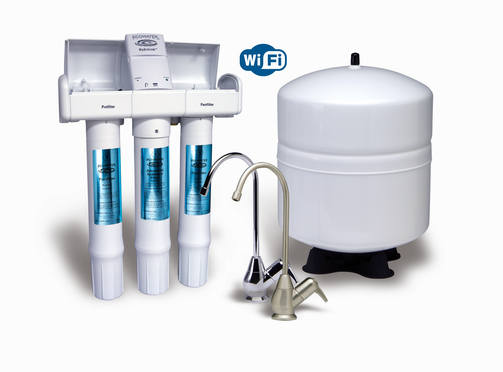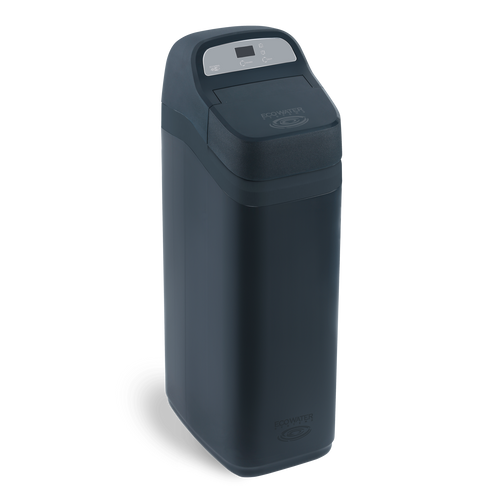ECOWATER AUTHORIZED DEALER
Hard water, easy choice
Protect your family's wellbeing and your biggest investment, with EcoWater
Did you know? 1 in 4 water softeners sold around the world today are made by EcoWater.
Combine an EcoWater drinking water system and water softener to build your own custom whole home solution, and protect your family and your home.
This fall only: up to 25% off a reverse osmosis system for your home or office!
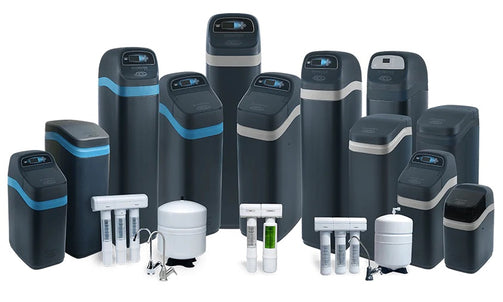
- Pure drinking water 5 products
- Water Softeners + Dechlorinators 7 products
- Soft water with chlorine removal 0 products
- EcoWater replacement filters 2 products
-
Example Product Title
- Regular price
- Regular price
-
- Sale price
- Unit price
- per
Sold Out- Regular price
- $19.99
- Regular price
-
$19.99 - Sale price
- $19.99
- Unit price
- per
Sold Out -
Example Product Title
- Regular price
- Regular price
-
- Sale price
- Unit price
- per
Sold Out- Regular price
- $19.99
- Regular price
-
$19.99 - Sale price
- $19.99
- Unit price
- per
Sold Out -
Example Product Title
- Regular price
- Regular price
-
- Sale price
- Unit price
- per
Sold Out- Regular price
- $19.99
- Regular price
-
$19.99 - Sale price
- $19.99
- Unit price
- per
Sold Out -
Example Product Title
- Regular price
- Regular price
-
- Sale price
- Unit price
- per
Sold Out- Regular price
- $19.99
- Regular price
-
$19.99 - Sale price
- $19.99
- Unit price
- per
Sold Out
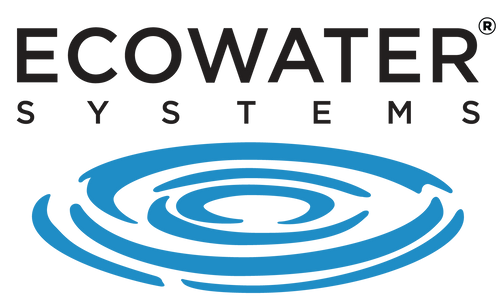
Celebrating 24+ years in business!
Drop off your sample for your free water test and get up to 25% off a reverse osmosis system, this fall only!
HERE FOR THE LONG HAUL
A partner you can rely on
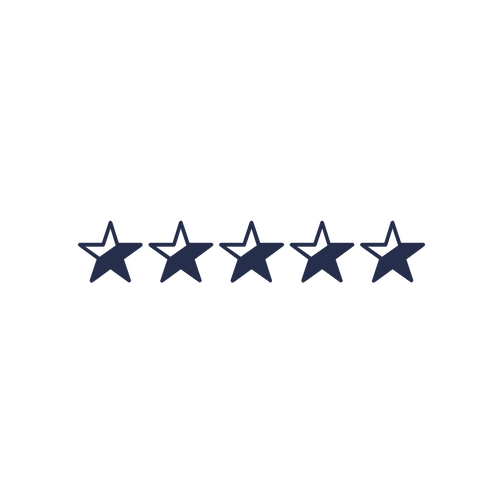
Products we stand by
We will never sell you a product we wouldn't use ourselves. Our family is important to us, and when you shop with us, you're family.

Knowledge + experience
After 20 years, you could say we know a thing or two. We're happy to help and here to share our knowledge with you — when you win, we win!
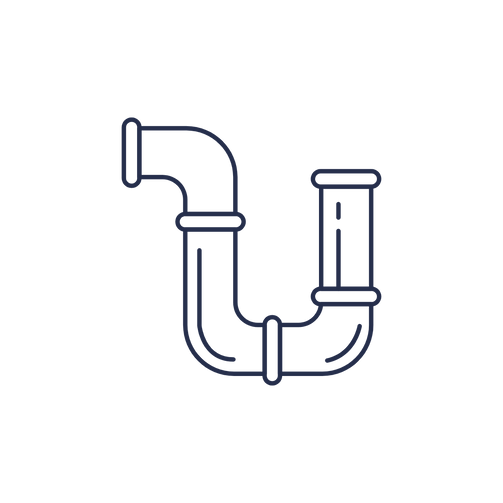
Trusted installers
All of our installations are conducted by licensed and experienced plumbers. We never cut corners, so you know you're in good hands.

After-sales service
We don't disappear once the sale is done! We've been around for more than 20 years, so you know you won't be left in the lurch when you need us most.
AN ESSENTIAL RESOURCE
Clean water is key
After more than 20 years in the business, you could say we've learned a thing or two!
We've helped customers overcome issues with hardness, iron, well and lake water, and helped new families provide their little ones with safe, clean water they can trust.

01.
Protect your largest investment
Protect your pipes, fixtures, and appliances... and save on utility bills and those long hours spent cleaning.
02.
Protect your health
With purified water, you're in control — no chlorine, heavy metals, or pharmaceuticals in your drinking water.
⟶ Treating your water protects your health


03.
Protect your family
You'll do anything to have your kids grow up happy and healthy. Why not start with water that's clean and free of contaminants?
⟶ Treating your water protects your family
WELCOME TO ECOWATER MARKHAM-STOUFFVILLE
Serving Markham, Stouffville, and the GTA
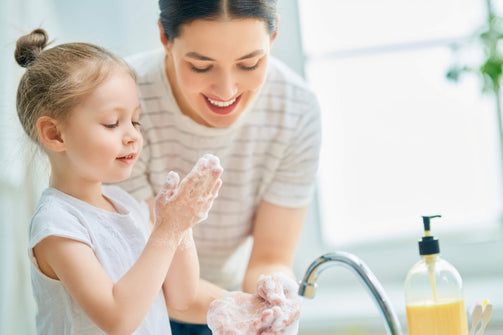
Protect your family and your home with a whole home water treatment solution
Schedule your visit to our showroom to browse our full range of drinking water systems, whole home water softeners, and problem water solutions in-person.

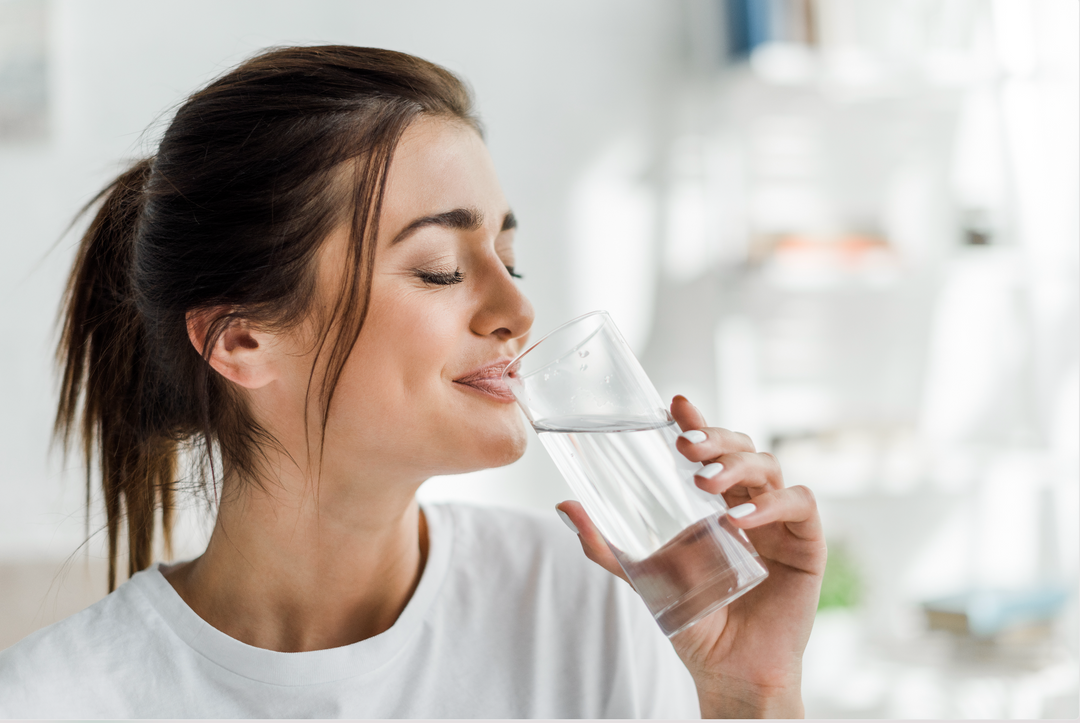

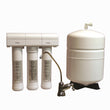

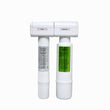
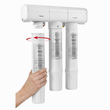
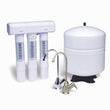
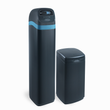
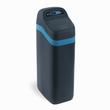
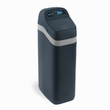
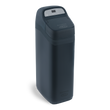
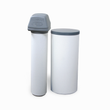
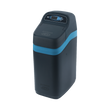
![Compact Pick: Premium Residential Water Softener [Compact 300]](http://fixyourwater.ca/cdn/shop/products/eVolution_100_200_300_110x110.jpg?v=1624157870)
